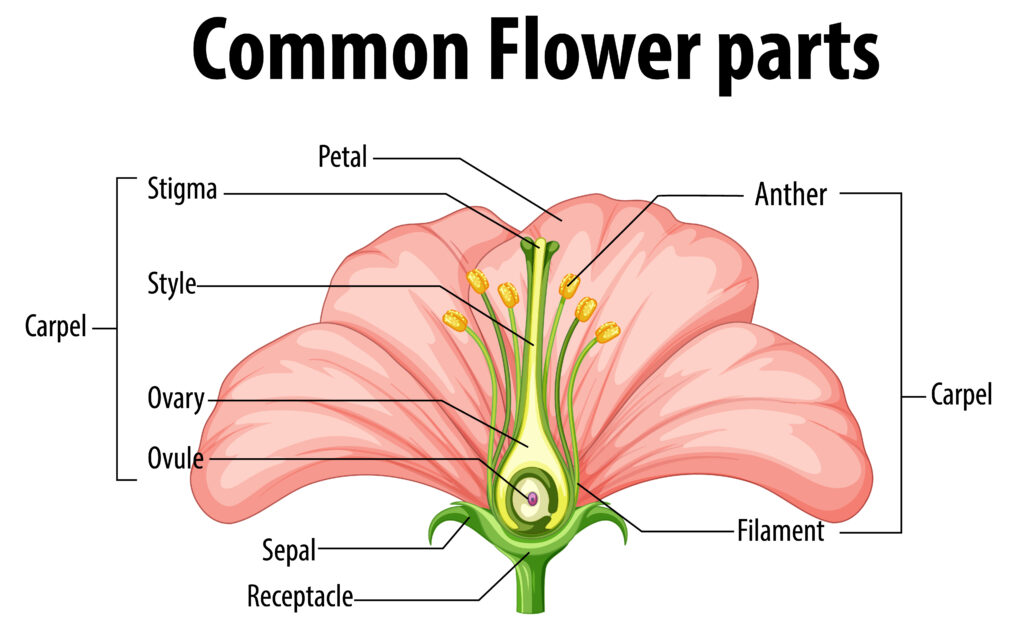Biology Lab: Biodiversity Field Survey
Explore the process of conducting a field survey to measure biodiversity. This game will help you understand the correct protocol and key metrics used to assess the health and variety of an ecosystem.
Help & Instructions
▼- Field Protocol: Drag and drop the steps to place them in the correct order for a field biodiversity survey.
- Biodiversity Metrics: Match the terms related to biodiversity with their correct definitions.
- Use the hint button if you need help with a puzzle.
- Describe the key steps of a biodiversity field survey using a quadrat.
- Define and differentiate between species richness and species evenness.
- Explain the concept of biodiversity and its importance.
- Understand how to collect and analyze data in a field setting.
Field Survey Protocol: Order the Steps
Arrange the steps of a biodiversity field survey in the correct order.
Biodiversity Metrics: Match the Definitions
Match each biodiversity term with its correct definition.
**Biodiversity** is the variety of life in a particular habitat or ecosystem. A **field survey** is a method used by ecologists to study and quantify this variety. One common technique involves using a **quadrat**, which is a defined square frame used to sample a specific area of the ecosystem.
Key Metrics and Concepts
- **Species Richness:** This refers to the number of different species in a given area. A high species richness indicates a diverse ecosystem.
- **Species Evenness:** This measures the relative abundance of each species. An ecosystem has high evenness if all species are represented by a similar number of individuals.
- **Biodiversity Index:** A quantitative measure that combines both species richness and species evenness to provide a single value for an ecosystem's diversity.
The quadrat method is a standard and simple way to sample a non-moving population (e.g., plants). By randomly placing a quadrat and counting the species and individuals within it, ecologists can extrapolate data to estimate the diversity of the larger habitat without counting every single organism.



